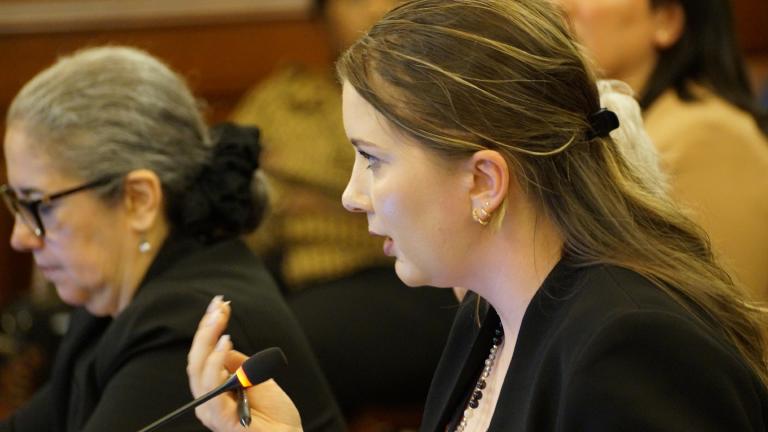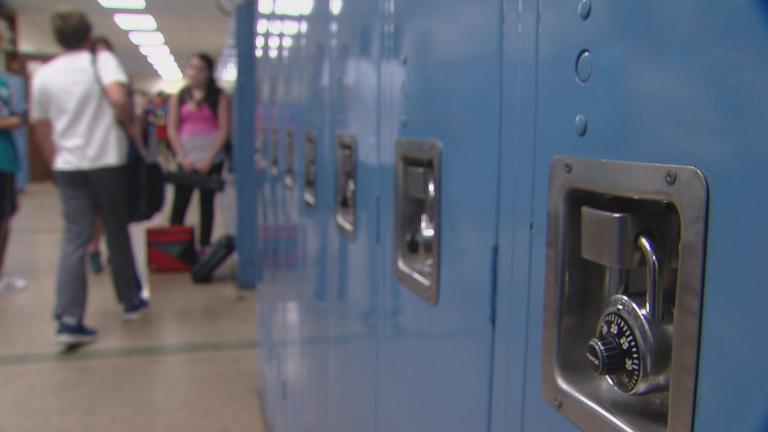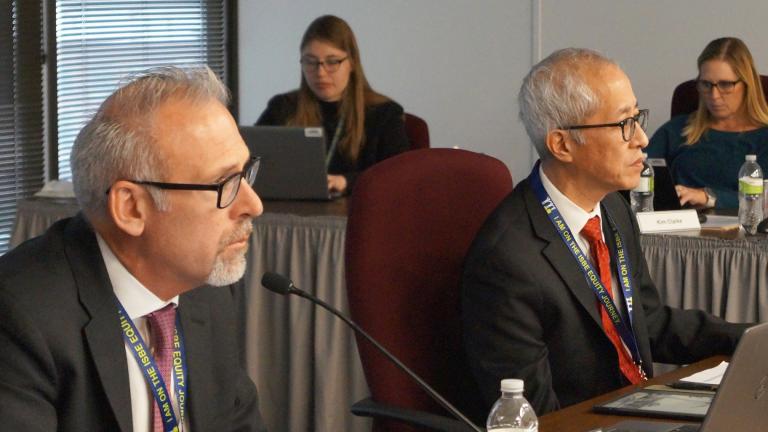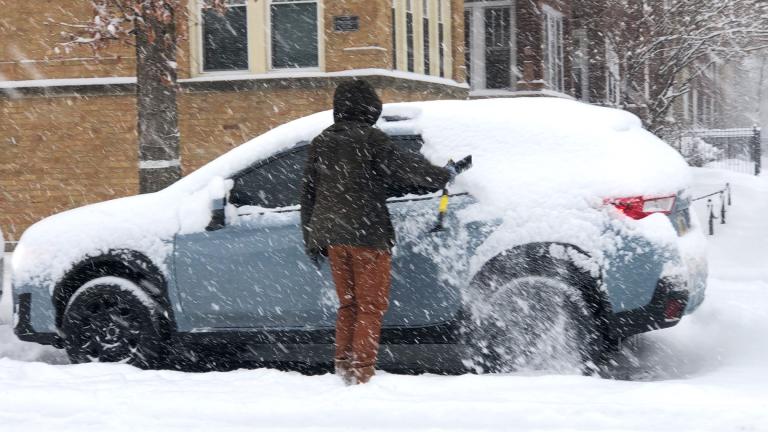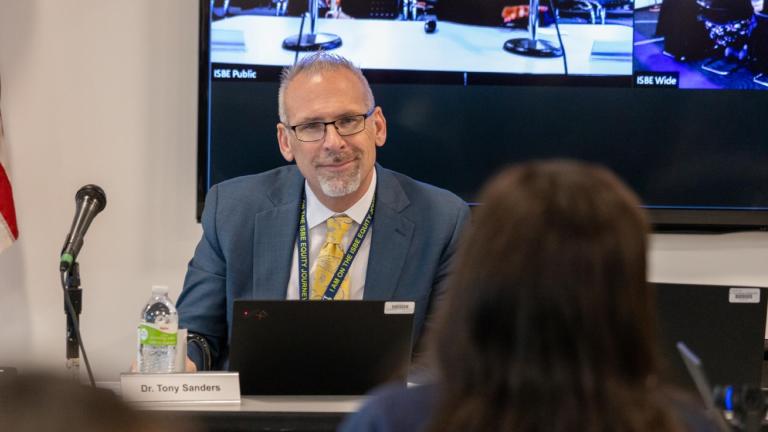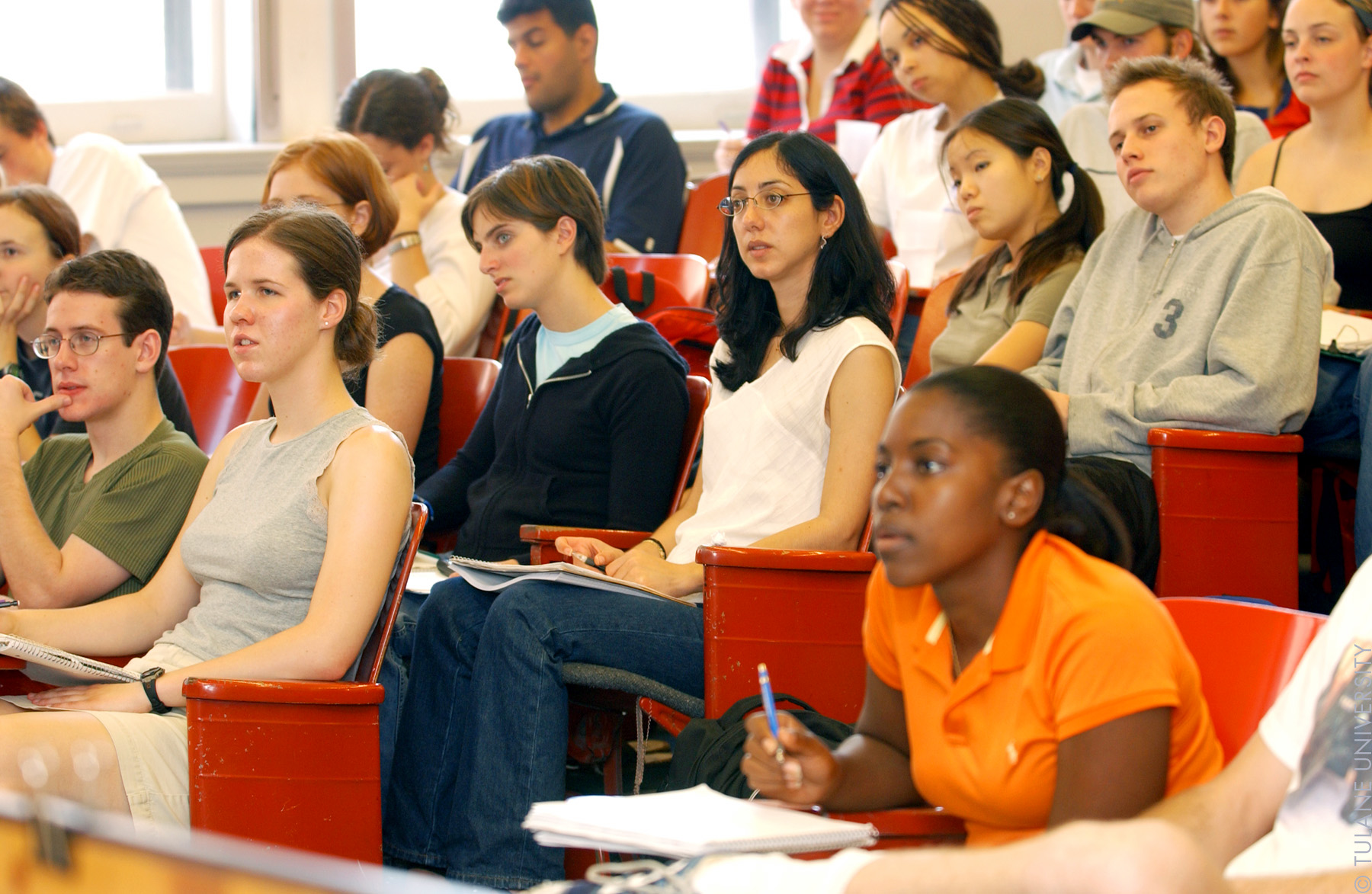 New state education data suggests Illinois students are still not where they need to be in science, math and reading. (Albert Herring / Wikimedia Commons)
New state education data suggests Illinois students are still not where they need to be in science, math and reading. (Albert Herring / Wikimedia Commons)
K-12 students across Illinois are attending class more and dropping out less, but new state data shows significant challenges surrounding academic achievement still remain.
The Illinois State Board of Education on Monday released its annual Report Card – a snapshot of accountability and achievement figures from students, schools and administrators across the state.
ISBE officials lauded the stability in many of the data points over last year’s numbers in the face of “financial instability” as the state works to recalibrate its education funding model.
“What that suggests is we have committed and dedicated educators and administrators out there,” ISBE data analyst John Barker said during a Friday media call, “communities who are holding these gains, these progress pieces that have been made there even in the face of some uncertain times from a financial standpoint.”
One new aspect included in the report card this year is teacher absenteeism. The state data shows 76.3 percent of teachers had 10 or fewer absences during the 2013-14 school year (the most current data available).
That figure tracks slightly above national figures. Earlier this year the U.S. Education Department’s Office for Civil Rights estimated about 27 percent of teachers across the U.S. had missed more than 10 days per school year.
Research has shown chronic truancy among students – which increased from 9 percent last year to 10 percent in 2016 – can stunt reading ability in kindergarteners and drastically increase a high schooler’s chances of dropping out.
But teacher consistency can also have a major impact on classroom outcomes.
When teachers miss 10 or more class days, the drop in student achievement is equivalent to the difference in having a brand new teacher and one with two to three years more experience, according to a 2007 study from the National Bureau of Economic Research.
State officials this year have put an emphasis on making sure students are better prepared for college rather than simply trying to boost graduation rates. But there’s still plenty of work left to be done on that front.
The number of community college enrollees taking remedial courses in Illinois increased from 48.7 percent for 2013 high school graduates to 49.4 percent for 2014 grads. And the state’s freshman-on-track rate – the number of ninth-graders who earn five-plus credits and fail less than one core class – fell for the second straight year, dropping five points, down to 82.4 percent, since 2014.
Student attendance also increased slightly, up to 94.4 percent, but enrollment across the state fell by nearly 13,000 down to 2.04 million students. That’s only about a 0.2 percent decline, but this year’s total represents the state’s lowest mark since 2002.
| ANNUAL RATES | 2010 | 2011 | 2012 | 2013 | 2014 | 2015 | 2016 |
| Dropout | 3.8% | 2.7% | 2.5% | 2.4% | 2.2% | 2.3% | 2% |
| Chronic Truancy | 3.6% | 3.2% | 8.6% | 9.8% | 8.7% | 8.7% | 9.8% |
| Student Attendance | 93.9% | 94% | 94.4% | 94.2% | 94.5% | 94.2% | 94.4% |
According to results from The Nation's Report Card released Thursday, Illinois’ fourth- and eighth-graders trail the national average in science skills, while the state itself has the second-highest scoring gap between its white and black students in the country.
Some 35 percent of fourth-grade students in Illinois and 28 percent of eighth-grade students were deemed “proficient or advanced” on the 2015 science assessment, which uses a 0 to 300 point scale. Nationally, 36 percent of fourth-graders and 31 percent of eighth-graders met those standards, earning an average score of 153.
In Illinois, fourth-graders scored 151 and eighth-graders scored 150.
Achievement gaps between students of different races have shrunk since a previous 2009 assessment, but the learning divide between black and white students in Illinois still ranks among the largest in the nation.
Illinois has the second-largest gap in student achievement between black and white fourth-grade students and fifth-largest among eighth-graders, according to NAEP data.
The state report card also included this year’s finalized PARCC assessment results. Those figures matched preliminary numbers released by the state board earlier this year, which showed two-thirds of Illinois students failed to meet proficiency standards in math and English language arts.
Despite that grim outlook, Barker said PARCC and the overall report card can act as a road map to improving student achievement.
“Being able to know where we have challenges, I think it’s a whole lot clearer because PARCC is a very different kind of test and the clarity we have around this report card is a very different, multiple-measure system than we’ve used in the past,” he said.
“One test score is not going to tell you the whole story, but what we’ve got is a better testing system, a better way of looking at it across the board.”
Beginning this school year, high school juniors in Illinois will no longer take the PARCC, which is being phased out in favor of the SAT.
The Illinois Report Card data comes as ISBE continues drafting its state implementation model for the Every Student Succeeds Act – a new federal law replacing the No Child Left Behind Act next school year.
State officials say they believe ESSA will afford districts more flexibility in creating accountability models to address specific local needs.
Unlike the accountability system under No Child Left Behind – based strictly on boosting proficiency – ISBE Deputy Superintendent of Teaching and Learning Jason Helfer believes ESSA will allow states to go beyond that, using other school quality indicators to paint a “complex yet realistic picture” of what educators and administrators are charged with.
“In ESSA, we’re developing a statewide system of support that is for all districts,” he said, “and is comprehensive of both needs of teacher, needs of administrators, needs of communities (and) need of students, of course.”
The state board plans to submit its draft ESSA regulations – which they say will create accountability measures and systems of support for struggling districts to better serve students – to the U.S. Department of Education in March.
Follow Matt Masterson on Twitter: @ByMattMasterson
Related stories:
 Fewer Than Half of Students Proficient in Math, English on Statewide Exam
Fewer Than Half of Students Proficient in Math, English on Statewide Exam
Aug. 25: State superintendent says there is "considerable distance to travel" to make sure students are prepared for life after high school following new PARCC assessment results.
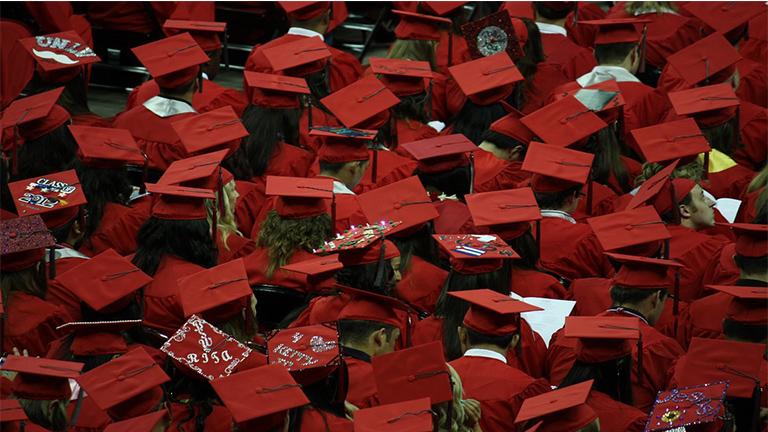 New State Bill Seeking to Cut Remediation in Higher Education
New State Bill Seeking to Cut Remediation in Higher Education
Aug. 9: State lawmakers hope newly passed legislation will help better prepare Illinois high schoolers for the rigors of a college education.
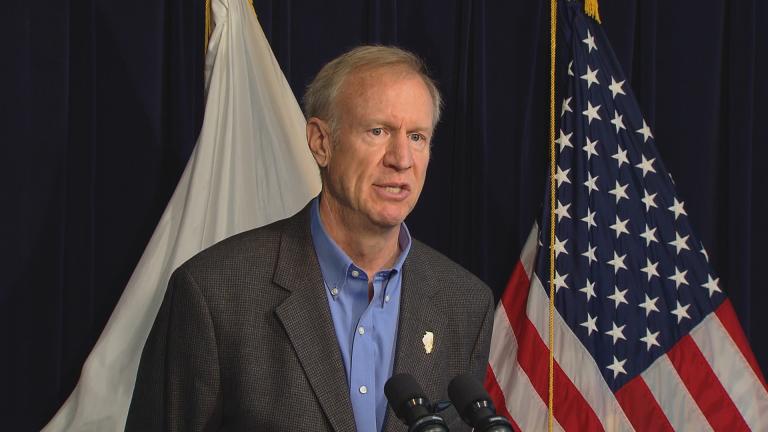 New Commission Forms to Solve Old Problem: Education Funding
New Commission Forms to Solve Old Problem: Education Funding
July 12: It's not the first education funding reform committee in Illinois, but the governor says he’s hoping this one will be the one to get the job done.

